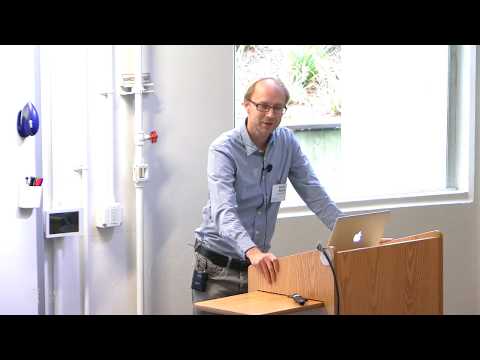Description:
Explore a lecture on cortical area interactions through a communication subspace, delivered by Christian Machens from Champalimaud Research at the Simons Institute. Delve into the targeted discovery of brain data, examining linear readouts from populations, task parameter dependencies, and the decomposition of PSTHs into marginalized averages. Investigate condition-independent components and inter-area communication theory, focusing on simultaneous recordings in V1 output layers and V2 input layers of macaques. Analyze the relationship between V1 population activity and single V2 neuron responses, as well as V2 population predictions. Examine the dimensionality of V1-V2 interactions, predictive dimensions, and their relationship to dominant dimensions in neural activity. Gain insights into how prediction of target V1 activity relies on source V1 dominant modes in this comprehensive exploration of cortical communication.

Cortical Areas Interact through a Communication Subspace
Add to list